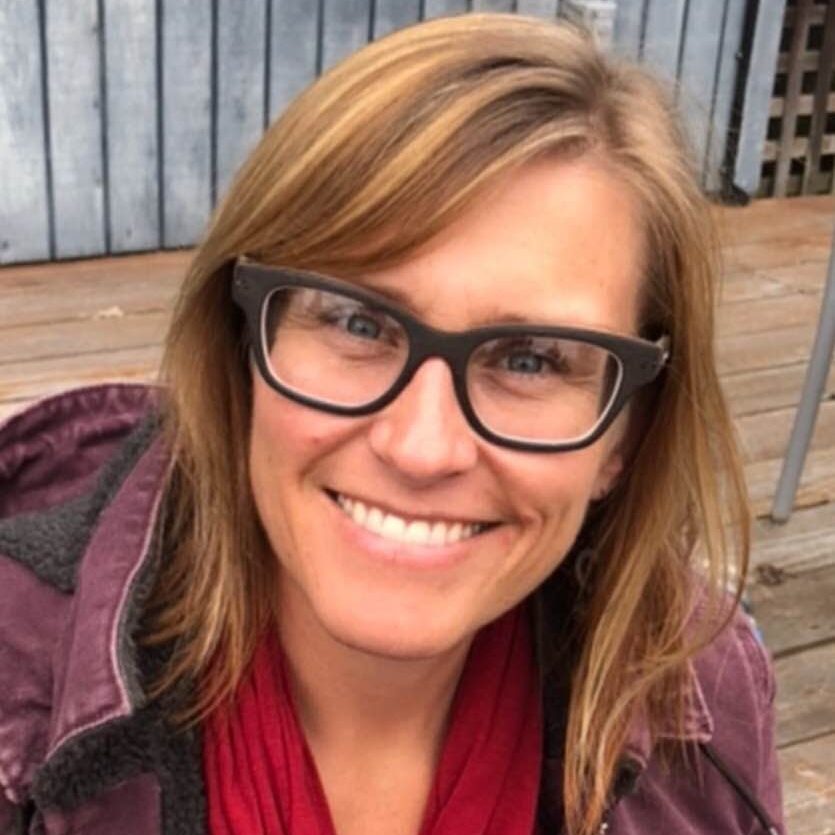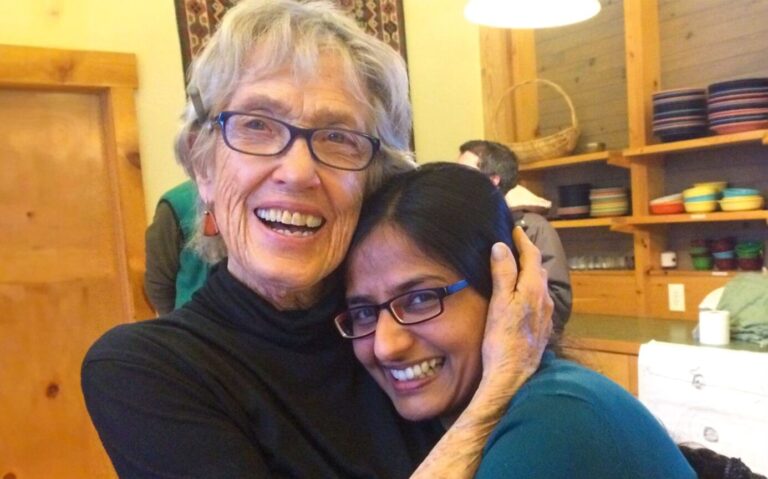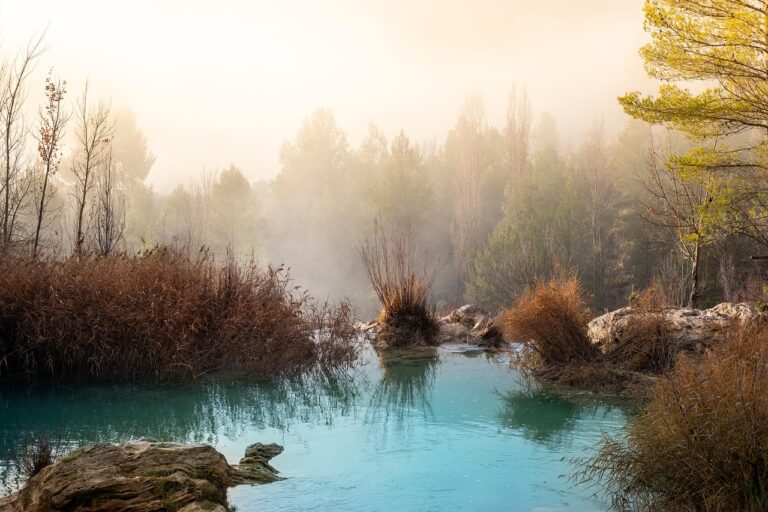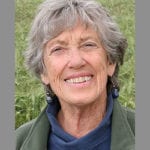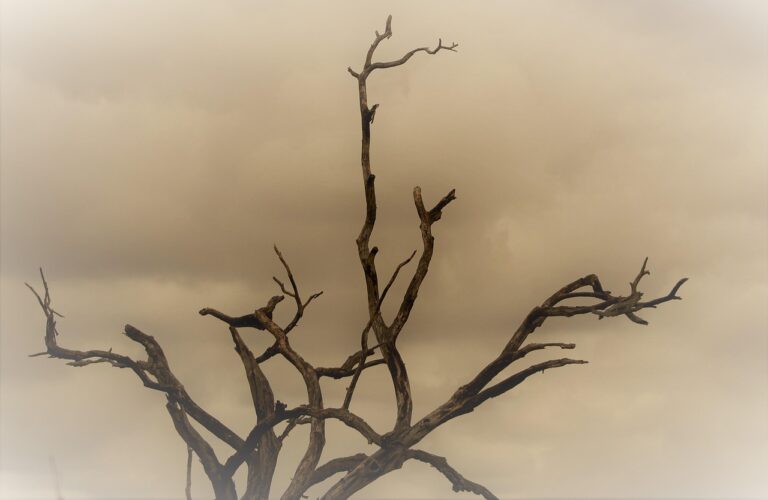“What’s wrong with the world?”, my twelve-year-old daughter asked a few friends at the climbing gym the other day. She was sort of joking about it, approaching a Big Question with levity, as tweens are apt to do. But yesterday, as I was taking a walk with Hazel around Trinidad Head near where we live in Humboldt County, I asked her what her own answer to that question was. Without hesitation, she answered, “people. If there weren’t people, the environment would be fine. It’s only since people arrived on the earth that there have been problems.”
I shouldn’t be surprised that she feels this way. She has an environmental scientist for a dad and an environmental studies professor for a mom. We are privileged, white Americans who bemoan the extractive legacies of colonial-capitalism while benefiting from them more than most people on the planet. She is beginning to learn about our unearned privileges and their impacts on the world. In Tema Okun’s “ladder” of white anti-racism, my daughter is in the “guilt and shame” stage, where she feels bad about herself as a white human.
How should I respond to this budding passion for nature, this budding consciousness of her positionality, this twinge of misanthropy? On the one hand, I am impressed that she is thinking about the environment in this way. I am grateful for her biocentrism and its attendant humility. Yet the aversion to “people” feels like the same attitude I see in my college students, which can lead to self-loathing, even nihilism, and curbs their compassion for the humans who suffer the most from environmental destruction, but who have contributed the least. I worry about the view that humans are bad for nature for two reasons. First, how will we harness our best selves to live better with nature if we see ourselves as irreversibly bad? And two, what about people who have little to no bad impact, or even those whose ways of being in the world actually enhance nature, like the 5% of the world’s population that is indigenous, whose lands foster 80% of the world’s biodiversity? What is the cost of painting them with the same brush—“people”—as the small fraction of humans who have enacted the worst damage?
Seeing the helpers serves two purposes: it prevents us from being immobilized by what we’re seeing… and it gives us faith in humanity.
Our conversation proceeds. I tell my daughter how much I love her love of nature. Then I explain what happens to my college students when they go down this rabbit hole of people-loathing. It can make them so depressed they stop caring about others and themselves, and even the environment that got them thinking this way in the first place.
I remind her of that story about Mr. Rogers: when asked in an interview how he can stay compassionate in the face of so much injustice and disaster, he explained that his mother always told him to “look for the helpers.” I know this story is kind of corny, but I’m aiming for tween, hoping the point lands: where we direct our attention matters. Not all people are bad, and this isn’t just about putting on your rose-tinted glasses so you can feel ok; this is the Big Answer.
Seeing the helpers serves two purposes: it prevents us from being immobilized by what we’re seeing, so we don’t add to the problem, and it gives us faith in humanity, which spurs us to act. Then there’s neuroscience and social psychology to back it up, but I don’t get into all of that. After all, I don’t want to bore her brains out.
My daughter takes this in, but isn’t convinced. “Even good people hurt the environment, like us. Helpers are just fixing the problems that people caused!” She is righteous in her logic. I get it. We walk on.
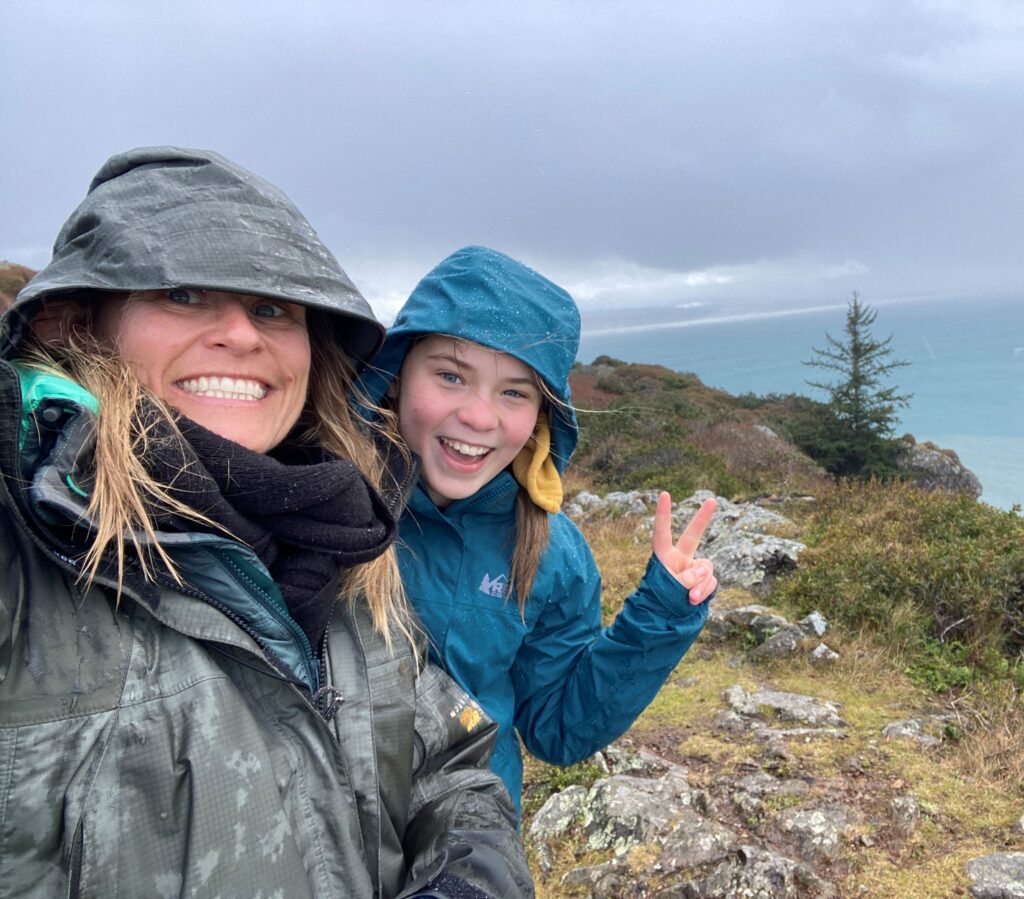
***
One of our favorite things to do when we’re walking is look for birds. I’m a terrible birdwatcher, but my partner can identify a bird expertly. He has passed this interest on to our kids, which I love, and I just try to keep up. Hazel is busy spotting and identifying birds: junco, robin, hummingbird. They’re everywhere, once we start looking.
We come across a pair we can’t identify. They have spots on their chests, a little yellow mixed in there, and a beak like a wren. We slow down, and notice another person walking toward us, also slowing down. She’s young, has her phone out, and flushes the birds. At first, Hazel and I are annoyed. People.
But then, the young woman apologizes. “Did I scare them?” She holds out her phone. “I’m trying to catch the song.” She’s using the Cornell University Merlin app to identify the birds by their song, which the app records and matches to its huge database of bird sounds.
We find the birds again in the bushes, and start whispering to each other about what we see. I start looking up different species on my phone while she stands ready to record sounds with hers. We finally figure it out: hermit thrushes. Happy with the identification, we say goodbye and go our separate ways.
Hazel confides in me that she was so excited that someone else—a girl, no less—was also looking for birds. Other people are like her! She feels validated about herself, and more important, buoyed by the fact that there are other people out there who care.
I say, “Isn’t it so cool when we see people trying to repair their relationship to nature?” “Seeing the helpers,” Hazel responds. I’m blown away. She gets it. Because once you start looking, they’re everywhere.


